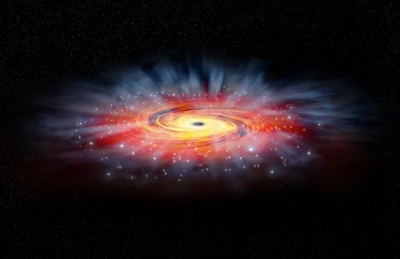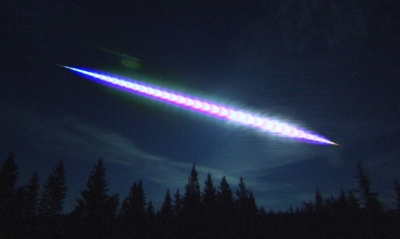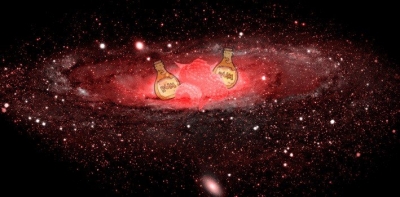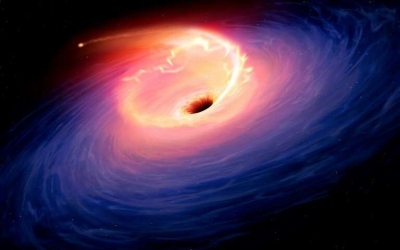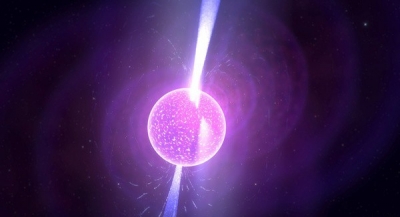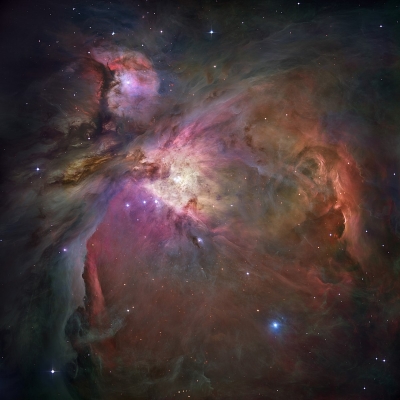
The Orion Nebula, the brightest nebula in the sky and occupying an area twice the diameter of the full Moon, can be viewed with the naked eye but was missed by early astronomers.
The Orion Nebula’s position in our galaxy is well-known. If we could view the Milky Way from above, it would appear as a pinwheel with four spiral arms. The galaxy contains hundreds of billions of stars and massive amounts of gas and dust. Our solar system resides in the Orion Spur, which sits between the Perseus and Sagittarius arms, about halfway out from the galactic center.
Our earthbound view is different. On a clear summer night in the Northern Hemisphere, the Milky Way’s glow stretches from Cassiopeia in the northeast to Scorpius in the south. From this vantage point, we’re looking along the galaxy’s rim. Toward Scorpius is the central part of the Milky Way. Rather than seeing a field of blazing stars, our view is obscured by huge clouds of dust and gas.
In the winter, we see the sky opposite the stellar traffic jam found toward the galaxy’s center. The winter Milky Way is there, but you need a dark sky to see it with unaided eyes. The winter sky is the brightest of the seasonal skies — it contains the highest concentration of bright stars — and its most famous representative is Orion.
Picture Credit : Google

